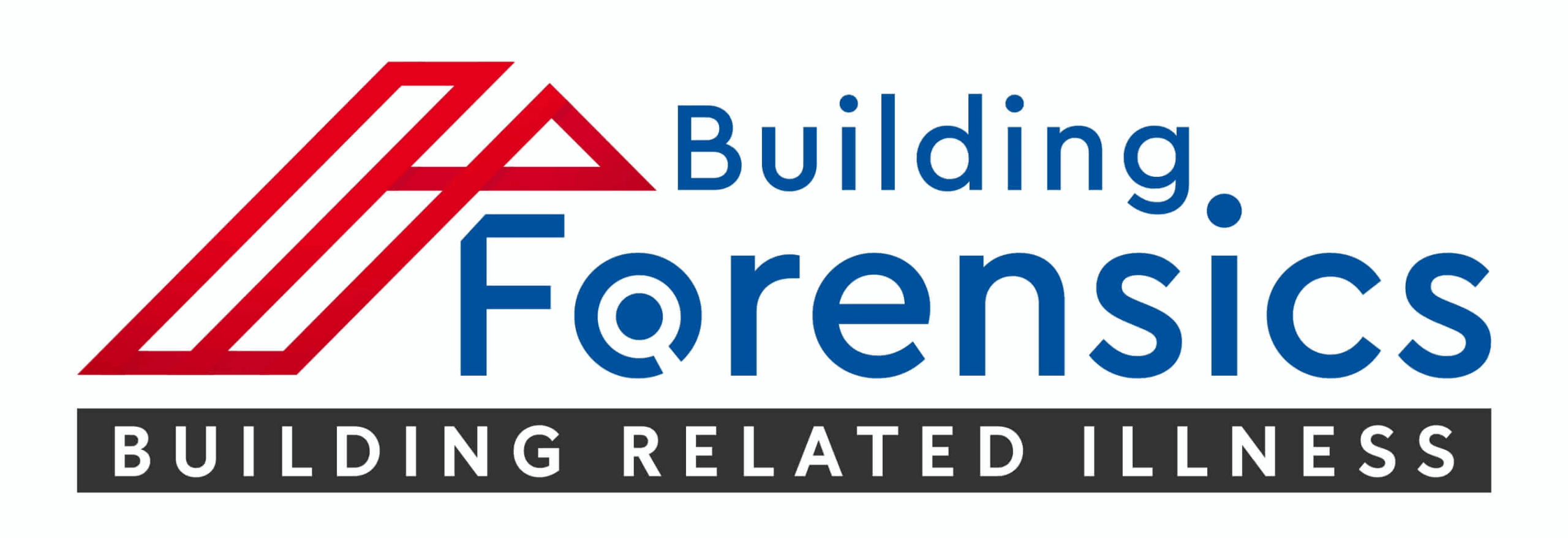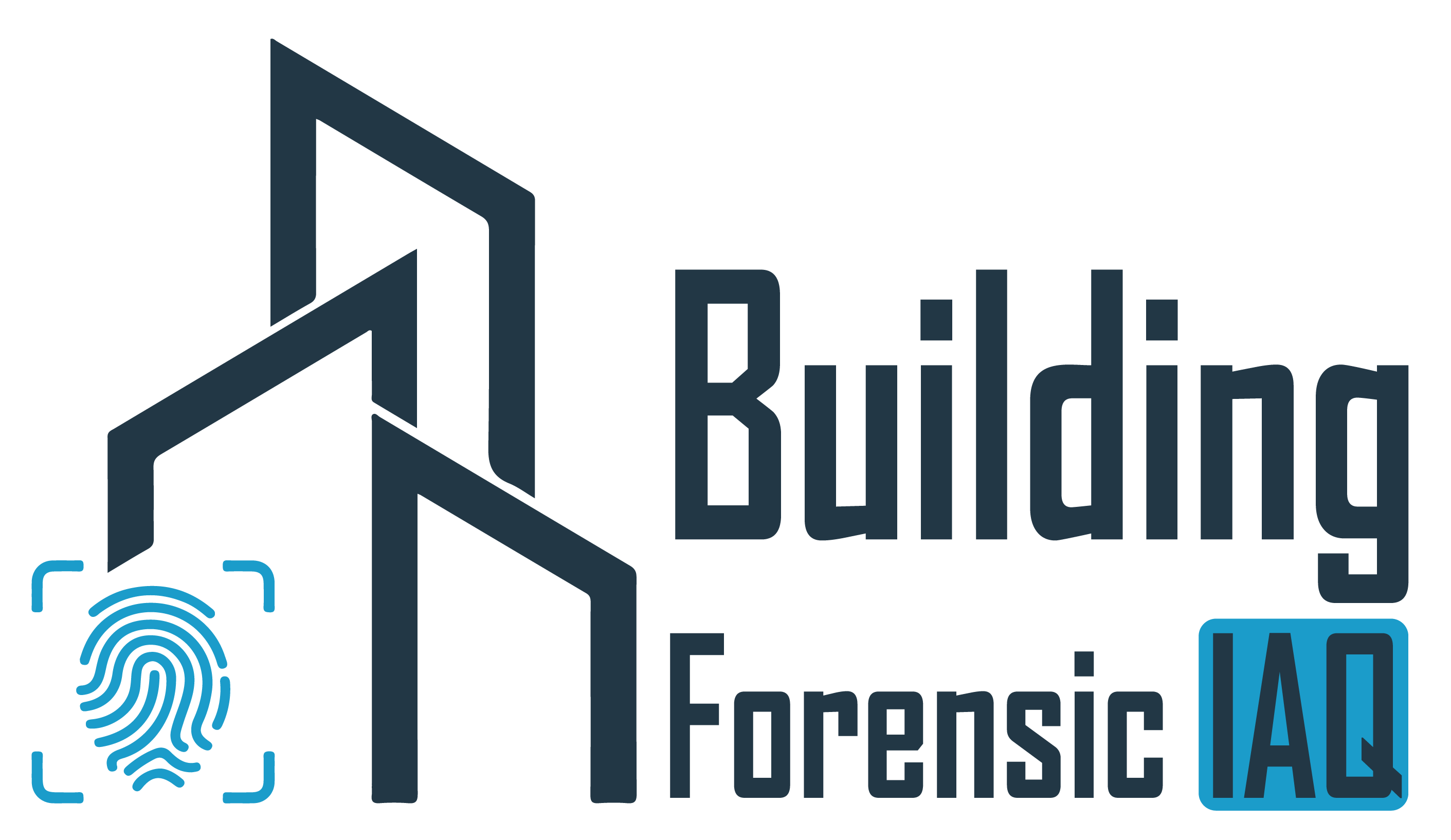Why your buildings make you sick
There are several factors which influence indoor air quality and the following issues are pointers but not all encompassing.
Building Materials
Building materials are generally developed and designed for adequate strength, durability and lightness. This means many are not as robust as in yesteryear and although suitable at the time of design, transportation, skill of builders and compatibility of other materials and its environment may alter this suitability. Typically, climate changes and environmental conditions may see off gassing, development of bio films and premature decay. This often leads to microbial amplification VOCs and mVOCs.
Contents
These are usually manmade and utilise adhesives, chemicals, paints, varnishes, fabric enhancers and a host of other constituents which can and do off gas VOCs.
Building Management Systems (BMS)
These systems control temperature, humidity but not air quality. There are so many variables which can result in different areas having good, bad or marginal quality.
While most would regard fresh air as a major element in healthy buildings this can be difficult to achieve if BEMs are not utilised properly. Apart from the day to day running of (BMS) of equal importance may be when the systems are off. Some important variation can result in bio amplification and increasing health issues.
Another issue is of course maintenance and very few recognise the shortfalls in normally accepted standards of regular maintenance of Air supply and refrigeration systems. Typically, the use of sanitation agents can result in the unwanted consequences of greater health hazards even from dead biological agents.
The following Scientific Research open access paper shows the conventional and common approach to measuring indoor air quality in UAE. This paper reflects typical protocols used around the world which unfortunately fails to identify what caused Building Related illness.
The paper reflects the measurement of 628 UAE personal residencies and measures: Carbon monoxide (CO), formaldehyde (HCHO), hydrogen sulfide (H2S), nitrogen dioxide (NO2), sulfur dioxide (SO2), and three size fractions of particulate matter (PM2.5, PMc, and PM10 v
This protocol and scope of sampling and analysis has been used around the world for 40 years and is seen in BREEAM and LEED certification for new buildings regarding green sustainable building practices. for but it does not reflect the risks and hazards.
i https://www.medicalnewstoday.com/articles/are-cancer-rates-really-on therise-worldwide#Howprevalent-is-cancer-currently?
ii https://time.com/6960506/cancer-rates-young-people/
iii https://www.ft.com/content/90d5f2e3-d539-4149-a503-2114ac3ef355
iv Willis, H.H., et al. (2010) Prioritizing Environmental Health Risks in the UAE. Risk Analysis: An Official Publication of the Society for Risk Analysis, 30, 1842-1856. http://dx.doi.org/10.1111/j.1539-6924.2010.01463.x [Citation Time(s):1]
v https://www.scirp.org/html/6-6702324_46823.htm
The following two industry followed standards ignore the real issues in Building Related illness
BREEAM
BREEAM includes criteria related to the health and wellbeing of building occupants, which can involve:
1. Indoor Air Quality: BREEAM assessments look at the ventilation rates, air quality monitoring, and the control of pollution sources. This includes the management of volatile organic compounds (VOCs) and other indoor pollutants.
2. Materials: The assessment can include the selection of low-emission materials and finishes to minimize the release of harmful chemicals and gases.
LEED
LEED also addresses indoor environmental quality through several credits, including:
1. Indoor Air Quality Assessment: LEED requires testing for indoor air pollutants, including VOCs, formaldehyde, particulate matter, and other contaminants before and during occupancy.
2. Low-Emitting Materials: LEED credits can be earned by using materials and products that have low emissions of VOCs and other harmful substances.
3. Environmental Tobacco Smoke (ETS) Control: LEED requires measures to prevent tobacco smoke from contaminating indoor air.
4. Enhanced Indoor Air Quality Strategies: This includes increased ventilation, air filtration, and the use of materials that limit the release of pollutant.
Building Related illness can be attributable to over 30 of the different risks and hazards shown below in Table 1. None of which are included in BREAM or LEED
Building Forensics IAQ
The assessment of a building for Building related markers or triggers is part of a detailed assessment. These assessments must include the occupants health , their symptoms, or concerns, the history of the building, the building management systems, and much more. From an initial assessment a sampling hypothesis should be drawn up and different forms or types of sampling techniques assessed for efficacy. See our page on sampling and Risk Assessments
Table 1





